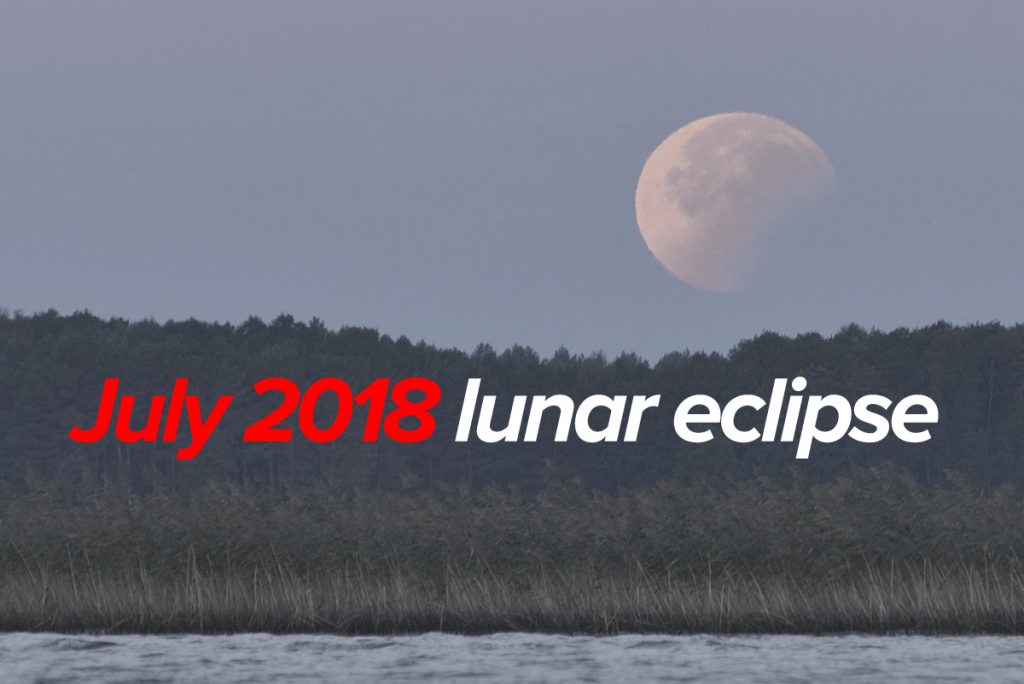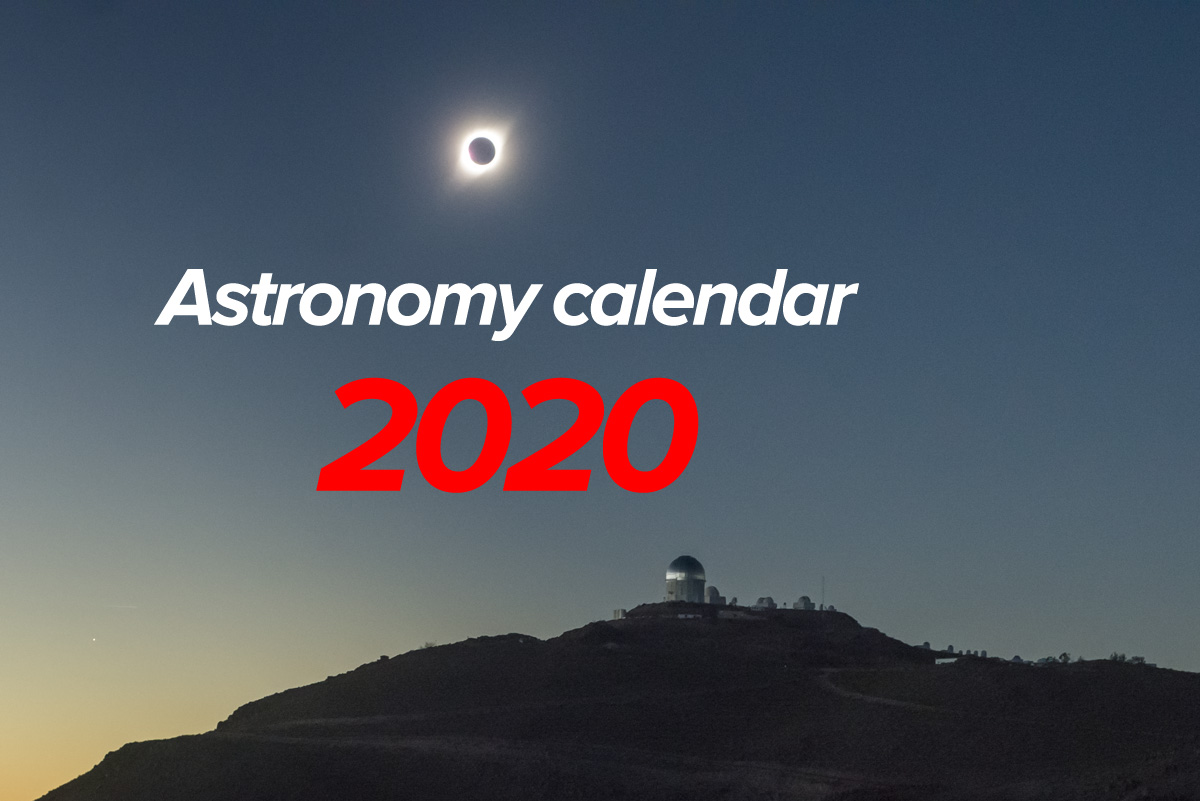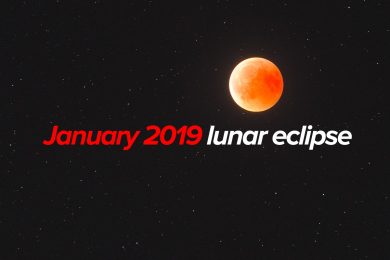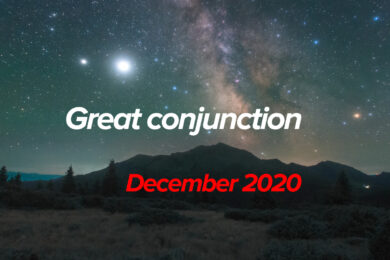July 2018 lunar eclipse
From the evening of July 27, the next lunar eclipse awaits us. The last time such a spectacle adorned the night sky in September 2015. I photographed this. That event has the another report
Eclipse of 2015 was during the super moon, that was nice. This time a pleasant little thing will be the fact that the eclipse will be the longest in this century: the complete phase during which the Moon will completely plunge into the earth’s shadow will last for 1 hour and 43 minutes. For example, the full phase of 2015 was shorter by half an hour.
For observers this information is more than enough. Just find the evening in the sky Moon in the southeast and enjoy it! I think it will not be difficult.
However, for photographers, this eclipse has prepared some more pleasant surprises.
The fact is that if you take in the frame only the Moon, then the photos from dimming to obscurity will differ a little. Around the Sun though the crown changes the shape, the prominence is visible. But the lunar eclipses, despite all their bloody beauty, look almost the same.
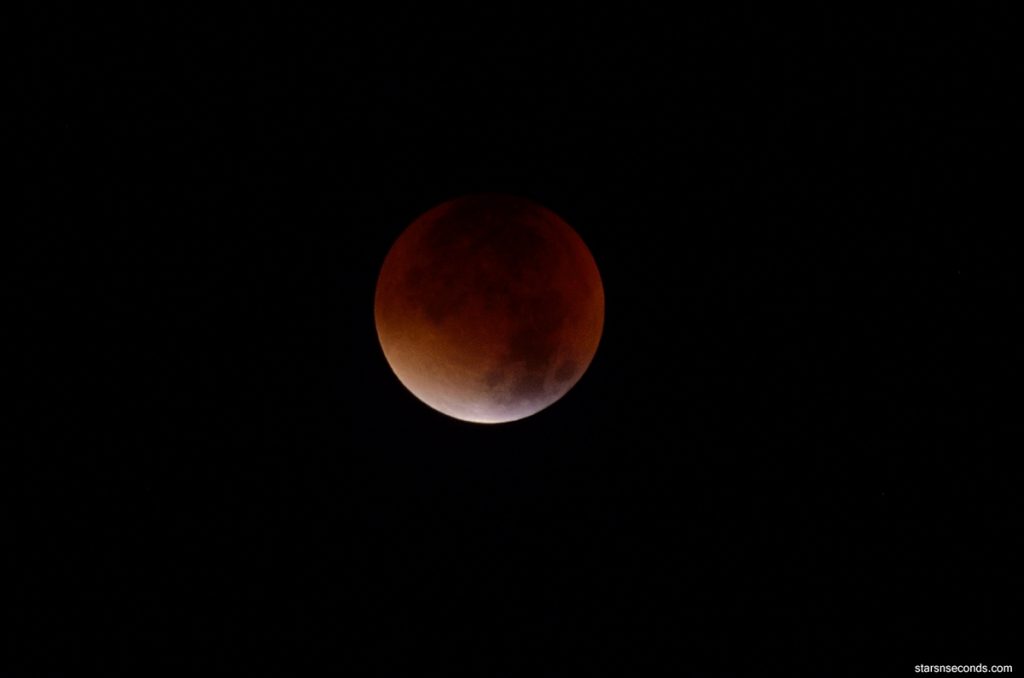
A slight difference will lie only in the tint and density of the earth’s shadow, and in the way it first fades, and then slides away.
But it will be a completely different matter if, in addition to the Moon, the frame also includes its surroundings: constellation, cluster, Milky Way, other planets, etc.
The uniqueness of this eclipse is that there will just be an interesting environment next to the Moon. First of all, this is, of course, Mars. It was on July 27 he will be in great opposition and its brilliance reaches maximum: bright red planet will look stunning next to purple moon during the total phase. All this will happen in the constellation of Capricorn, so the southern latitudes are more advantageous – and the Moon is higher and Mars is brighter. Secondly, if you go even further and take a picture at a wide angle, next you will find the constellation Sagittarius and Scorpio. In the Sagittarius there will be a planet Saturn, a lot of nebulae, clumps and the center of the Milky Way. The constellation of Scorpio is rich in bright stars and in shape really reminds this poisonous animal with sting and claws. There is also a beautiful complex of nebulae and several clusters. Thirdly, in the constellation Sagittarius there will be Vesta in opposition, which can also safely be called “great” – the magnitude of the asteroid will reach + 5.3m and will be the maximum since 1989. All this will undoubtedly decorate the frame with eclipse, and simply sin will not create a truly unique and beautiful astronomical landscape. Only, after all, is very desirable thus be in the middle latitudes south, or from the many interesting things that could embellish the photo will be low on the horizon, if not under it. For comparison, look at the map of the southern side of the sky at the 50th and 38th latitudes of the northern hemisphere:
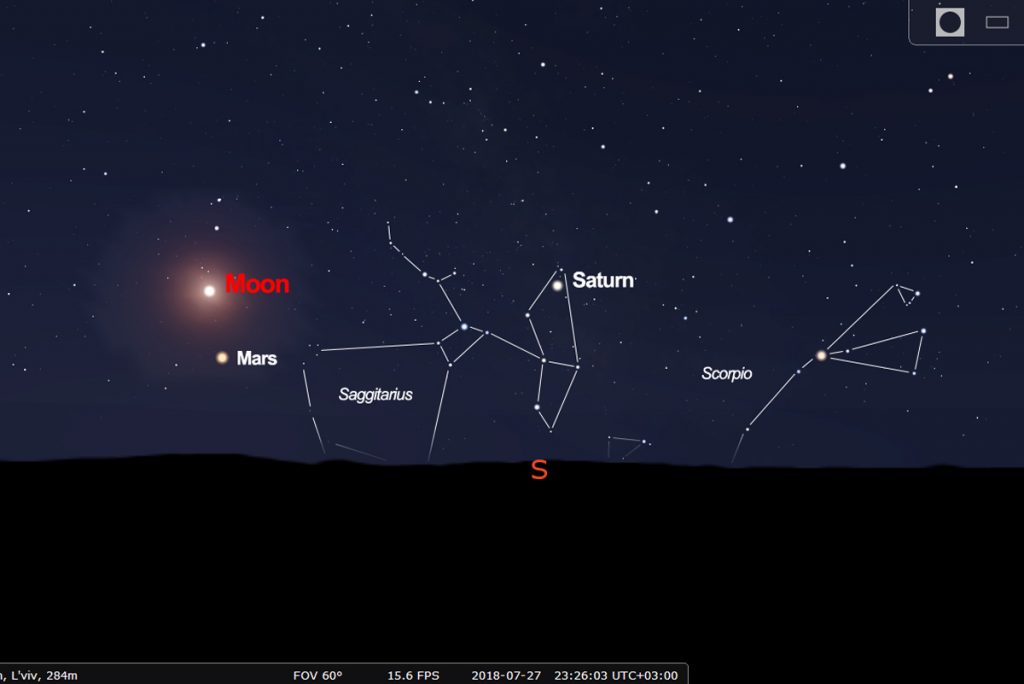
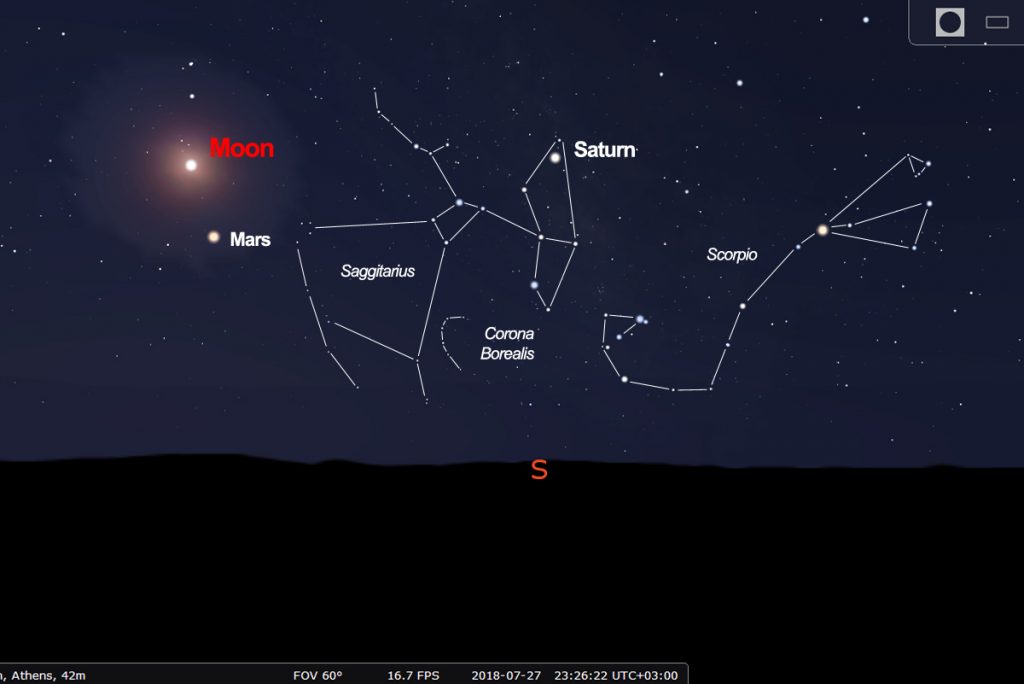
Also pay attention to light pollution
With full moonlighting, of course, does not matter, but during dimming, the brightness of the Moon falls very much, and there will be a great opportunity to display in the photos Dairy path and other dim objects. Do not miss this opportunity!
